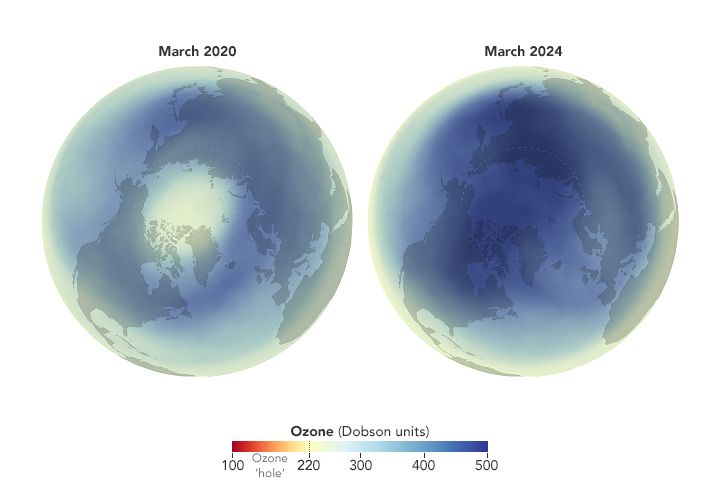



Recent Imagery
You will be directed to the NASA Visible Earth webpage when you select Images by Mission below, or click on the images at right that are randomly generated to represent four out of all possible topics.
You are here
Geosynchronous Littoral Imaging and Monitoring Radiometer (EVI-5) (GLIMR)

Status:
Future, Formulation
Mission Category:
Earth Venture Class, Earth Venture-Instrument
Instrument Delivery: 2027
The selected Geosynchronous Littoral Imaging and Monitoring Radiometer (GLIMR) instrument, led by principal investigator Joseph Salisbury at the University of New Hampshire, Durham, will provide unique observations of ocean biology, chemistry, and ecology in the Gulf of Mexico, portions of the southeastern United States coastline, and the Amazon River plume – where the waters of the Amazon River enter the Atlantic Ocean.
The instrument was competitively selected from eight proposals considered under NASA's fifth EVI solicitation released in 2018, with an award of $107.9 million. This is the largest NASA contract award in the history of the University of New Hampshire. Salisbury and his team have proposed the instrument as a hosted payload, for which NASA will provide access to space.
Coastal ecosystems support humanity in many ways, but they are under increasing pressure from the effects of land use activities, population growth, extreme weather events, and climate change. These pressures can give rise to more frequent, expansive and harmful algal blooms, as well as create areas where dissolved oxygen is severely depleted – both of which are detrimental to tourism, fisheries, and human health.
GLIMR will be integrated on a NASA-selected platform and launched in the 2026-2027 timeframe into a geosynchronous orbit where it will be able to monitor a wide area, centered on the Gulf of Mexico, for up to 15 hours a day. From this vantage point, the hyperspectral ocean color radiometer will measure the reflectance of sunlight from optically complex coastal waters in narrow wavebands. GLIMR will be able to gather many observations of a given area each day, a critical capability in studying phenomena such as the lifecycle of coastal phytoplankton blooms and oil spills in a way that would not be possible from a satellite in a low-Earth orbit. Given its unique spatial and temporal resolution, GLIMR will be highly complementary to other low-Earth orbit satellites that observe the ocean.
Key Geosynchronous Littoral Imaging and Monitoring Radiometer (EVI-5) Facts
| Mission/Portal Page: | https://science.nasa.gov/mission/glimr/ |
|---|---|
| Principal Investigator(s): |
Joseph Salisbury at the University of New Hampshire, Durham |
